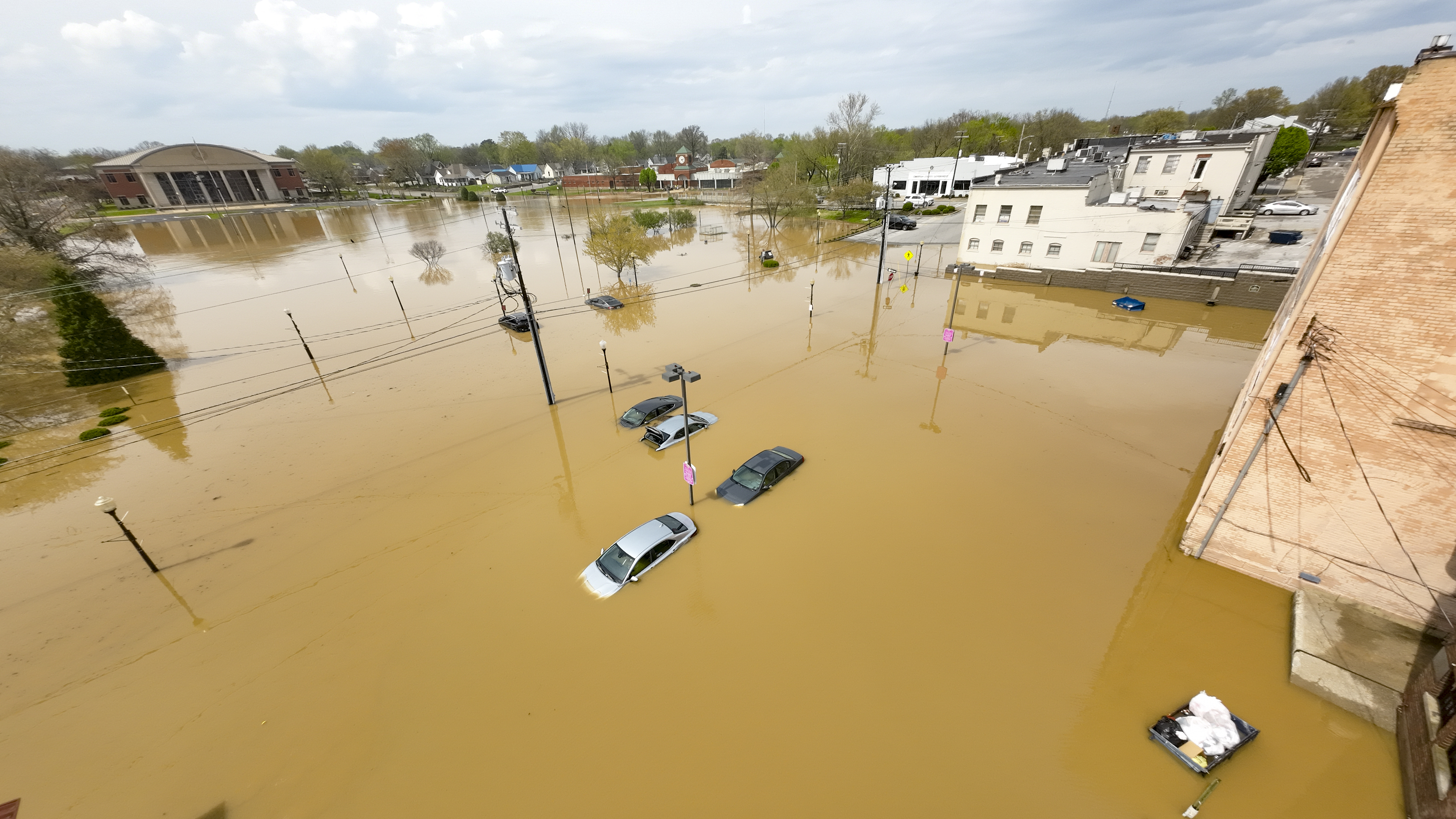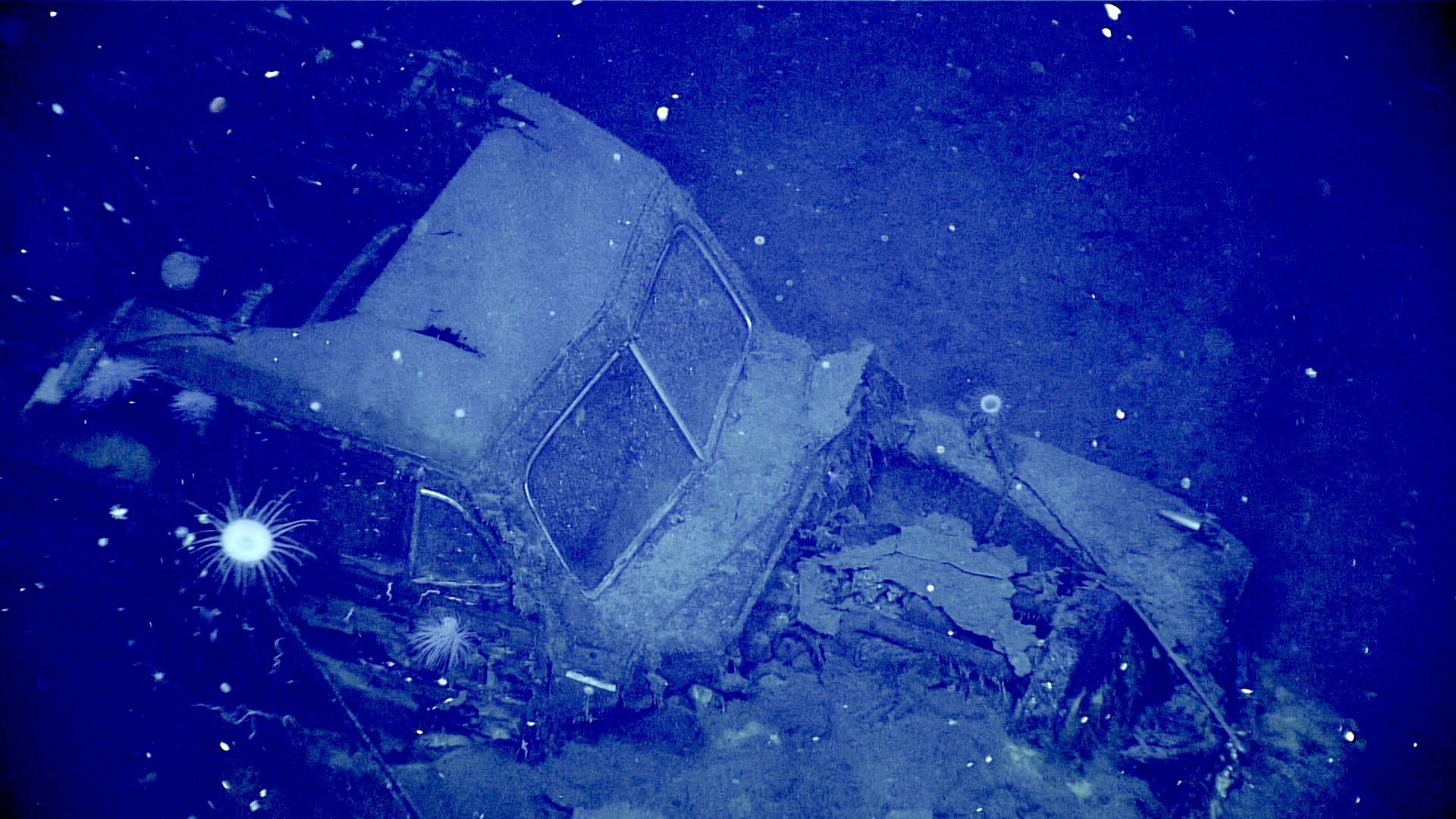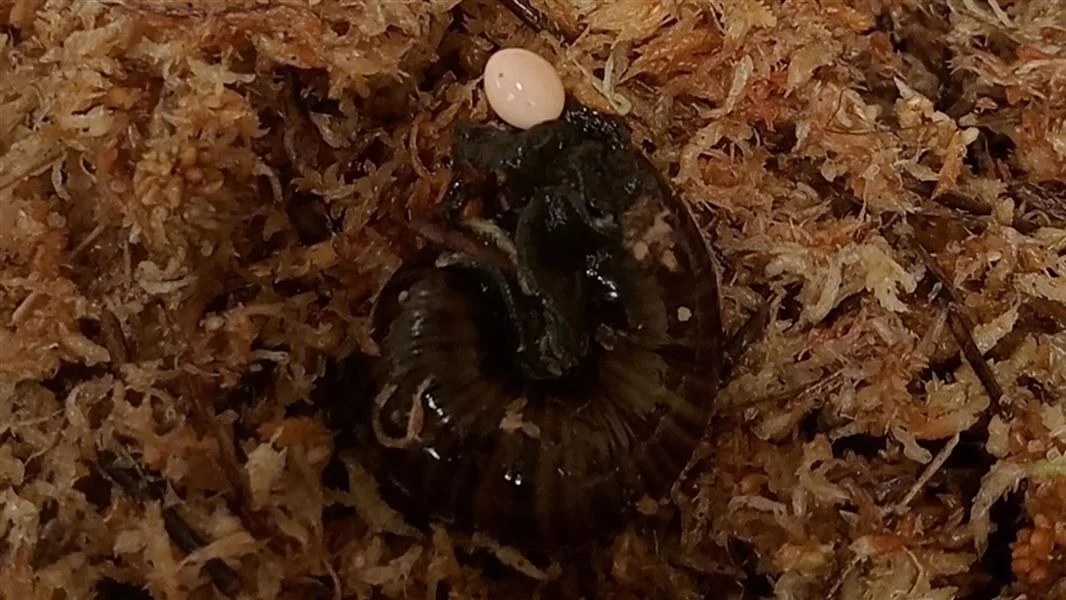FDA Allows Irradiation of Your Vegetables

The Food and Drug Administration announced last week that it will allow food producers to irradiate spinach and iceberg lettuce to extend shelf life and limit the growth of food-borne pathogens, such as Salmonella and E. coli.
Irradiation is safe and effective, the FDA says. But in not addressing the root problem — a centralized food-processing and distribution system riddled with inherent flaws that allow for the mass distribution of contaminated food — irradiation is as effective as using a hammer to drive in a screw. There are better tools.
And "safe" really only applies to consumers, not the workers tasked with irradiating the vegetables. At best, irradiation is a Band-Aid solution to keep a broken system hobbling along.
Something's better than nothing
The centralized production of food in the United States has led to massive food recalls, thousands of deaths annually, and untold runs to the toilet as 76 million Americans are sickened each year, according to Centers for Disease Control and Prevention. Something needs to be done.
We can better regulate manure, particularly from massive feedlots, the source of numerous E. coli outbreaks; we can create mandatory sanitation operating procedures for equipment, storage areas, and air and water systems; we can standardize hygiene facilities and practices. In sum we can enforce what are now voluntary Good Agricultural Practices from the FDA and USDA.
Or we can just allow the biggest offenders to install expensive radiation equipment to zap away their sins.
Sign up for the Live Science daily newsletter now
Get the world’s most fascinating discoveries delivered straight to your inbox.
Unfortunately the reality is that irradiation works. Food grown in the county of Not-Quite-Sure-Exactly-Where, Calif., treated with irradiation is safer on average than untreated food.
No consumer health worries
Some consumer groups, such as Food and Water Watch, worry that irradiated vegetables are inferior and even unhealthy. But countless studies have been performed or analyzed by the FDA, the World Health Organization and the U.N.'s Food and Agriculture Organization showing no lingering radiation and no cancer or long-term health risk.
At worse, vegetables might be slightly less nutritious upon treatment by virtue of water and carbohydrate molecules altered by the radiation and reacting adversely with vitamin molecules.
It's hard to imagine iceberg lettuce having less nutritional value; it's 95 percent water held together by fiber and a little vitamin K. For other vegetables — such as various leafy greens not yet cleared for irradiation — the radiation treatment does far less harm than boiling or frying the life out of the produce, typical methods of American cooking.
For food workers in an industry notorious for abuses, irradiation does pose hazards. The two most common methods for irradiation, electron beams and gamma radiation from cobalt-60, require extensive concrete or lead shielding to protect workers; and the later entails the transport and storage of radioactive material.
Businesses like dumb people
The real danger for the public is the insidious practices of agro-conglomerates. Many FDA and USDA rules hurt small farmers, who, for example, can no longer butcher their own meat because of regulations in place as a result of meat-processing abuses committed by the largest producers.
Big business loathes regulations and would like to have the market decide the demand for irradiated vegetables, provided it can deceive people about how food is produced. Currently there's the pesky FDA rule stating that irradiated food must be labeled as such. And there's something about the line "treated with radiation" that spooks us crazy consumers.
So the next big battle for agro-conglomerates is to change "irradiation" to the euphuism "cold pasteurization." The goal is to slip this by consumers until cold pasteur... er, I mean bombarding with ionizing gamma radiation ... becomes standard practice for most vegetables.
You have until Sept. 21 to submit your opinion to what is called "Docket No. FDA-1999-F-2405" at http://www.regulations.gov. And if you don't like the way most food is produced, you can try to buy local whenever possible.
- Nutrition Quiz
Christopher Wanjek is the author of the books "Bad Medicine" and "Food At Work." Got a question about Bad Medicine? Email Wanjek. If it's really bad, he just might answer it in a future column. Bad Medicine appears each Tuesday on LiveScience.

Christopher Wanjek is a Live Science contributor and a health and science writer. He is the author of three science books: Spacefarers (2020), Food at Work (2005) and Bad Medicine (2003). His "Food at Work" book and project, concerning workers' health, safety and productivity, was commissioned by the U.N.'s International Labor Organization. For Live Science, Christopher covers public health, nutrition and biology, and he has written extensively for The Washington Post and Sky & Telescope among others, as well as for the NASA Goddard Space Flight Center, where he was a senior writer. Christopher holds a Master of Health degree from Harvard School of Public Health and a degree in journalism from Temple University.









